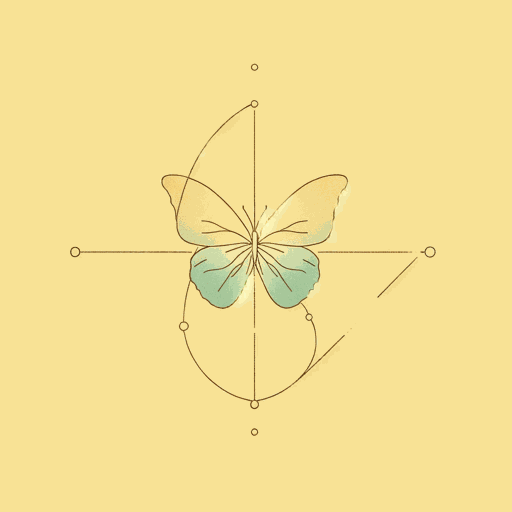53 pages • 1 hour read
James GleickChaos: Making a New Science
Nonfiction | Book | Adult | Published in 1987A modern alternative to SparkNotes and CliffsNotes, SuperSummary offers high-quality Study Guides with detailed chapter summaries and analysis of major themes, characters, and more.
Background
Sociohistorical Context: Culture, Politics, and Technology
Like nature, science rarely tolerates a vacuum. That is, the work of science is conducted within the context of cultural trends, geopolitical realities, and technological innovation. As Gleick points out in the book, chaos science developed alongside the cultural upheavals of the 1960s and 1970s. The status quo was under scrutiny in institutions across the country and the world, not just within the scientific establishment. In addition, the geopolitical atmosphere impacted the growth and progress of chaos theory in both large and small ways. Communications between scientists in the US and Russia was necessarily limited during the days of the Iron Curtain. Another problem was how to secure funding and equipment for an emerging field of science, dominated by the politics of the academy and its rigid disciplinary divisions. Finally, technological advancements—perhaps most importantly the desktop computer—opened up many new avenues for theoretical exploration. All of these areas undoubtedly influenced the ways in which chaos theory developed and how its scientists thought and worked.
Certainly, the changing cultural mores of the 1960s and 1970s impacted young scientists at the forefront of chaos. While none of their work was specifically concerned with war (cold or hot), it reflected the resistance of a younger generation to adhere, without questioning, to the established ideas of an old order.
Featured Collections
Animals in Literature
View Collection
Appearance Versus Reality
View Collection
Business & Economics
View Collection
Health & Medicine
View Collection
National Book Awards Winners & Finalists
View Collection
Order & Chaos
View Collection
Philosophy, Logic, & Ethics
View Collection
Pulitzer Prize Fiction Awardees &...
View Collection
Science & Nature
View Collection

